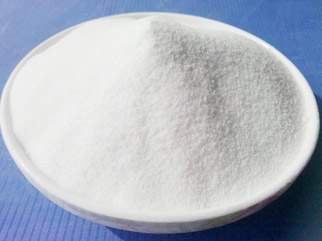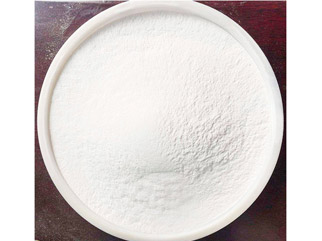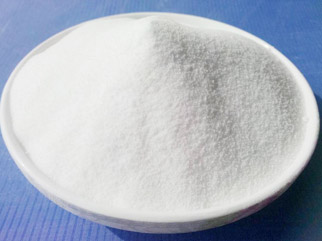Through several years of development, LEDs have entered many types of standard lighting applications from a number of specific applications and high-end applications. Due to their high reliability, energy efficiency and low cost, stadiums, railway stations, airports and urban centers around the world, LED technology is used everywhere.
To ensure their long life, LEDs usually require some form of protective coating. There are many types of conformal coated protective coatings, such as silicones, acrylics, polyurethanes, and potting compounds, which have proven to be sufficient for less harsh applications. However, when asked about conditions such as stress, extreme temperature cycles, humidity, ultraviolet radiation, etc., LEDs often succumb to their environmental conditions and suffer from one or more of these challenges.
Many conformal coatings lose critical performance characteristics when exposed to UV light. For LEDs, the coating must not turn yellow and become brittle when working in a UV-rich environment. This decline not only increases the likelihood of LED light distortion but also provides a passage of moisture into the interior through the coating, causing premature failure. When exposed to a wide range of extreme temperatures, thermal cycling can damage thicker coatings due to expansion and contraction.
Parylene Coating is a good alternative to heavy liquid coatings and potting materials. It is very thin, lightweight and has good moisture, chemical, and media barrier properties. In addition, Parylene HT offers unmatched stability in high temperature and UV environments, providing maximum protection for LED applications.

The Parylene is coated by vapor deposition without the use of spot coating, spraying, brushing or dipping processes. The article to be coated is placed in a deposition chamber where it is placed in a powder material called a "dimer" which is located at the other end of the deposition system. The dimer is heated to sublimate it into steam and then heated to decompose it into a monomolecular structure of steam. This vapor is transferred to a room temperature chamber where the dimer spontaneously polymerizes on the coated article to form a thin Parylene film. The coated Parylene process is carried out in a closed controlled vacuum system where the deposition chamber is maintained at room temperature. There are no solvents, catalysts, and plasticizers in the coating process.
Because there is no liquid phase during the deposition process, the meniscus, siltation or bridging of liquid coating applications is also not observed. The "growth" of the Parylene Material molecule not only forms a uniform conformal coating of a specific thickness but also penetrates into each gap. Since the film is formed from gas, regardless of the inaccessibility of the coated member, complete encapsulation of the substrate is ensured.

